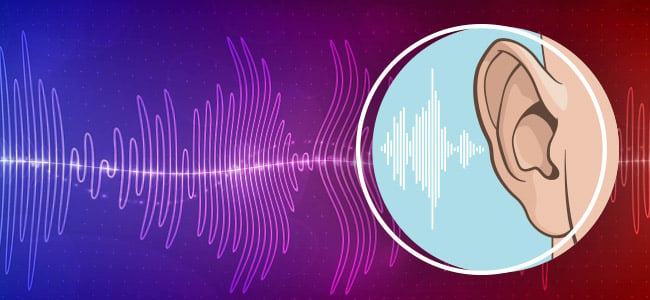

Descriptions of exceptionally vivid and elaborate hypnagogic visuals can be found in the work of Marie-Jean-Léon, Marquis d'Hervey de Saint Denys. They are said to differ from dreams proper in that hypnagogic imagery is usually static and lacking in narrative content, although others understand the state rather as a gradual transition from hypnagogia to fragmentary dreams, i.e., from simple Eigenlicht to whole imagined scenes. Individual images are typically fleeting and given to very rapid changes. Imagery representing movement through tunnels of light is also reported. They may be monochromatic or richly coloured, still or moving, flat or three-dimensional (offering an impression of perspective). Sights Īmong the more commonly reported, and more thoroughly researched, sensory features of hypnagogia are phosphenes which can manifest as seemingly random speckles, lines or geometrical patterns, including form constants, or as figurative (representational) images. These can occur in any modality, individually or combined, and range from the vague and barely perceptible to vivid hallucinations. Transition to and from sleep may be attended by a wide variety of sensory experiences. Such transitions are usually brief but can be extended by sleep disturbance or deliberate induction, for example during meditation.

Threshold consciousness (commonly called "half-asleep" or "half-awake", or "mind awake body asleep") describes the same mental state of someone who is moving towards sleep or wakefulness but has not yet completed the transition. Other terms for hypnagogia, in one or both senses, that have been proposed include "presomnal" or "anthypnic sensations", "visions of half-sleep", "oneirogogic images" and "phantasmata", "the borderland of sleep", "praedormitium", "borderland state", "half-dream state", "pre-dream condition", "sleep onset dreams", "dreamlets", and "wakefulness-sleep transition" (WST). Indeed, it is not always possible in practice to assign a particular episode of any given phenomenon to one or the other, given that the same kinds of experience may occur in both as people drift in and out of sleep. However, hypnagogia is also regularly employed in a more general sense that covers both falling asleep and waking up. The word hypnagogia is sometimes used in a restricted sense to refer to the onset of sleep, and contrasted with hypnopompia, Frederic Myers's term for waking up. Mental phenomena that may occur during this "threshold consciousness" phase include hypnagogic hallucinations, lucid dreaming, and sleep paralysis.

Its opposite state is described as hypnopompia – the transitional state from sleep into wakefulness. Hypnagogia is the transitional state from wakefulness to sleep, also defined as the waning state of consciousness during the onset of sleep.


 0 kommentar(er)
0 kommentar(er)
